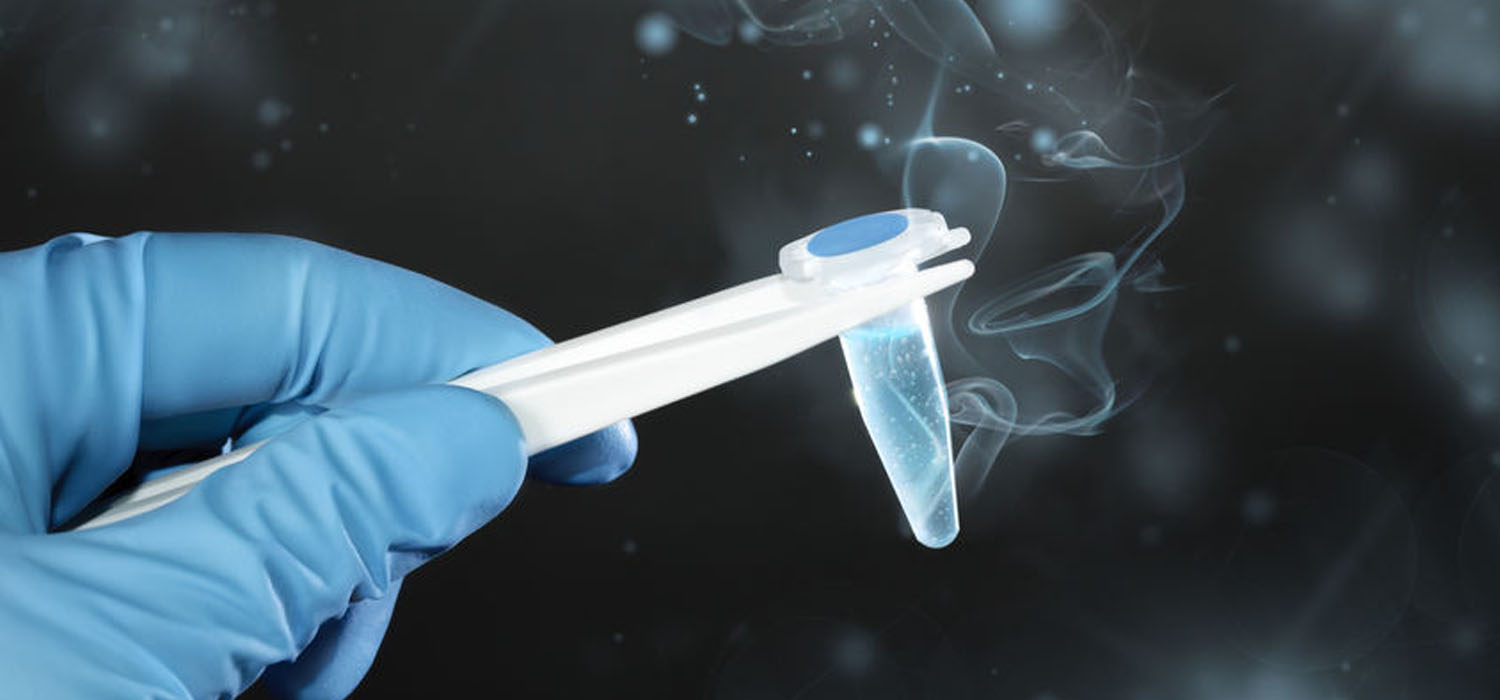Frozen Embryo Transfer (FET)
Frozen embryo transfer implies transferrin a frozen-thawed embryo after preparing the endometrium suitably.
Rationale for FET:
FET is often needed because:
- Controlled ovarian stimulation (COS) with gonadotropins leads to multi-follicular development and supraphysiological doses of estrogen and progesterone that affect endometrial development and maturity.
- Advanced histology and downregulation of progesterone receptors causes reduced endometrial receptivity, embryo-endometrial asynchrony and hence implantation failure.
Why is there an increase in FETs?
- Increasing focus on single embryo transfer (sET) which naturally mandates freezing of others for further use
- Improved cryopreservation methods
- Ease in donor oocyte/ embryo programs
- Cohort banking with the use of GnRH agonist triggers
- Need for and increased use of pre-implantation genetic testing (PGT).
What are the Indications of FET?
Surplus embryos, risk of OHSS in the stimulated cycle, Abnormalities of endometrium (fluid in endometrial cavity, thin endometrium, Applebaum score < 14, spotting on day of transfer), Previous OHSS or failed fresh transfer, need for PGT, Donor program, post- cancer therapy, etc are some of the indications for FET.
What are the different methods of endometrial preparation for FET?
FET can be done as:
- Natural cycle FET
- Stimulated cycle FET
- HRT-FET
Natural cycle FET (NC-FET)
This one where the embryo transfer in done during a woman’s natural cycle. The advantage is that no estrogen supplementation needs to be given. But the disadvantages include that it cannot be offered to women with irregular cycles, entails more visits to the clinic, less flexibility and control and increased cycle cancellation rates (6%)
True NC-FET involves detecting ovulation by ultrasound or LH testing. Modified NC-FET is one where ovulation is triggered with medications. The dilemmas here include the agreed values for LH surge and the need for luteal phase support with progesterone.
Stimulated cycle IVF
In this, the patient receives mild stimulation with oral ovulogens (Clomiphene citrate/ Letrozole) with or without gonadotropins, with or without downregulation with GnRH analogues, with or without triggers, with or without luteal phase support.
This requires intense monitoring, is expensive and not flexible, also there exist no strong recommendations for this method.
HRT-FET
In these cycles the endometrium is initially prepared with estrogen. The transfer cycle may be downregulated by giving suitable GnRHa in the previous cycle. Progesterone supplementations are also started depending on the planned day of transfer and the stage of embryo being transferred (Day 3 or blastocyst)
The advantages of this are that it requires no endocrine monitoring, ensures patient compliance and greater flexibility. Increased cost, risk of hypoestrogenism and long preparation time are the disadvantages.
What are the pros and cons of using frozen- thawed embryos?
The advantages include:
- The stress of ovarian stimulation is separated from the Embryo Transfer event.
- The endometrium is more physiological than in a hyper stimulated environment of ovarian stimulation
- Reduced OHSS (Ovarian hyperstimulation Syndrome)
- Increased possibility of eSET (Elective single embryo transfer)
- PGT is possible
- Patient compliance better, better flexibility
- Surplus cryopreserved embryos give confidence in case of failure.
The disadvantages and concerns are:
- Embryo exposure to high concentration of chemicals and extremes of temperature
- Increased handling of embryos
- Long term effects of vitrification are unknown
- 1.7 times increased risk of miscarriage
What are the maternal and fetal effects of FET?
FET is associated with reduced risk of OHSS, SGA (Small for gestational age), LBW (Low birth weight), Pre-term birth, antepartum haemorrhage, placenta previa, abruption and perinatal mortality. Increased risks with FET include placenta accreta, large for gestational age and macrosomia (4.5 kgs) and caesarean rates.
Should the strategy shift to routine freeze all and FET?
The strengths of FET are OHSS-free clinic, better pregnancy rates and perinatal outcomes. It offers an opportunity to store surplus embryos for use later, is patient friendly and flexible. Increased incidence of large for gestation babies and unknown long-term effects of vitrification and thawing are of concern.
Well-designed clinical trials are needed.
Currently, clinical evidence is against elective FET for women with sub-optimal or poor response. Current data on ART or obstetric outcomes does not advocate universal freeze all.
For more info, Visit : www.medlineacademics.com
